Curbside Pick Up – an Effective Way of Enhancing Omnichannel Retail Strategy


The COVID pandemic forced a lot of businesses to reimagine how they deliver their products and services to customers. Omnichannel fulfillment has been a growing concern since before the pandemic, as online ordering and customer convenience have become major differentiators among competitors.
With new social distancing guidelines, brick and mortar stores have had to adjust to survive. Finding a way to continue customer contact while maintaining safety measures has been essential in meeting government requirements and customer expectations.
Many businesses, such as grocery stores, have made the extra effort to bring the product to the customer. Grocery delivery and new shipment options have changed how people shop, possibly for the long term.
The problem is, many small businesses lack the budgets, manpower and resources to implement a shipment or delivery system. Instead, many have leaned on an option that delivers product while staying safe, compliant, convenient and within budget — curbside pickup.
Curbside pickup is not a product of the pandemic. Large retailers like Walmart and Target had been successfully operating pickups like this before restrictions came up. However, since the pandemic hit, the amount of customers using curbside options has swelled considerably.
With the favorable view and growing use of curbside pickup, adding it as a fulfillment option is a key feature to stay competitive. This article will explore what curbside pickup is, how it works and how it benefits you and your customers.
What is Curbside Pickup?
Curbside pickup is one of several “Buy Online, Pickup In Store” (BOPIS) fulfillment options. This is a fulfillment service that allows customers to obtain their ordered products without having to leave the comfort of their vehicle. “Curbside” is a loose description, as some stores have designated curbside arrangements while others use parking spots, pickup windows or even warehouse docks.
It is a smart idea that is relatively new to retail. The concept is anything but new, though, as restaurant owners 100 years ago were the original innovators.
Drive-in restaurants as early as 1921 let customers park while the wait staff brought trays of food right out to the car. Within a few decades, the image of a rollerskating crew delivering burgers and shakes became a cultural symbol — and a noted brand booster. Those operations eventually evolved into the more streamlined, practical drive-thru, though you can still get the classic experience at locations like certain Sonic and A&W restaurants.
Curbside pickup operations went relatively dark until 2013, when Walmart initiated a free grocery pickup service at a pilot location. Over time, other national chains instituted similar practices but widespread adoption, especially among small – mid-sized businesses, was still a long way off.
Since the pandemic, curbside pickup extended a lifeline to many retailers whose operations would have been shuttered otherwise. Occupancy restrictions and state or local mandated closures severely crippled foot traffic in stores. Retailers like Kohl’s, Best Buy and Dick’s Sporting Goods were able to overcome these limitations by offering curbside pickup as an option. This type of low to zero-contact shopping was a key aspect of phase I reopenings in many states.
Curbside pickup has also spurred deeper innovations and creativity among retailers trying to differentiate their services. Best Buy, who temporarily closed nearly 1,200 locations in early 2020, began a trend of letting customers shop while in the parking lot. A salesperson acting as a runner to pick, discuss and process payment for products.
As we move into the post-pandemic consumer society, the lessons learned will open new opportunities for businesses to enhance the customer experience in their own unique ways.
How Does Curbside Pickup Work?
Curbside pickup works similar to other Buy Online, Pick Up in Store (BOPIS) systems, such as service desk pickup. It is called a “click and collect” option, because customers place orders through an online store portal. They set their fulfillment preferences to pickup, selecting the time and location to gather their goods.
Payment is also taken care of before the customer heads to the store. Once the order has been paid for and submitted, order details are emailed or texted to the customer. As soon as the order is confirmed, designated employees at the store collect the items for the customer and hold them at the service desk until they arrive. Within a few hours after ordering, the items are available for pickup.
When the customer arrives at the store, they go to allocated parking areas in front of the store, in the parking lot or at the warehouse. Depending on the system, the customer may have to call the store to let them know they are waiting. However, many use pickup apps, where the customer can simply confirm their arrival through a single click on their smartphone.
The store sends an employee out with the items and loads them up for the customer. As an added security measure, most stores require a valid ID or a scannable order confirmation code in order to receive items. Once they are loaded up, the customer is on their way!
How to Execute Curbside Pickup
A curbside pickup option can be as advanced as you see fit. Local, single storefront retailers and restaurants can quickly set up a simple curbside pickup option by posting signs at designated parking spot pickup points. Customers calling in orders can park in these spots upon arrival. Put the store’s phone number on the sign for customers to call back in so a crew member can deliver the order. The tech is limited, but the number of contact points are reduced and the customer’s safety is preserved.
This is an extremely rudimentary approach to curbside pickup. In most cases, adopting new technologies to streamline the ordering process is essential to enhance the customer experience, strengthen your brand image and increase sales.
Setting up a truly efficient curbside pickup option begins with having a clear online ordering process. For small businesses, online services like Shopify allow you to set up virtual storefronts to function alongside your brick and mortar presence. You can showcase your inventory, communicate with customers and process payments. They also have a 14-day free trial to test out the service to see if it is viable for you.
If you already have an established online store, adding a curbside pickup option in the fulfillment details is simple. You can stop there if you like, and simply have customers call your store when they arrive.
No matter how your online portal looks, there are five key steps that need to be optimized in the curbside pickup process:
1. Providing store inventory information and visibility.
Being accurate on inventory is critical to ensure a positive customer experience for online shoppers. Without updating inventory for low quantity or out-of-stock items, customers are set up for disappointment and potentially wasted money and effort.
Depending on your scale, inventory may best be managed in a few different ways. If you have a limited store assortment, you can manually update inventory daily. Larger operations with more inventory may need to do batched updates less frequently. These are sometimes necessary, though not ideal, as inventory gaps can potentially result in upset customers until the next update.
The most desirable management system is real-time. With rigid fulfillment processes to button up leaks and database technology to maintain counts, stores can quickly and accurately communicate stock levels.
2. Using an online purchase system with curbside options.
As discussed, adding the online curbside pickup ordering option is simple and straightforward. However, the design and implementation of the online portal still requires considerations to add clarity for the customer and marketing for the business. Advertising curbside pickup, especially if it is new, is important to add to home pages, product descriptions and throughout the ordering process.
Set clear expectations for your customers who are finalizing orders. Ensure they know where to park, what ID to have on hand, expected safety precautions (e.g. masks), what to do upon arrival and who will load the order. This information should be reiterated in the confirmation email.
Be mindful of the customer information you need to maximize the speed of pickup. You may need not only the customer name and phone number but also vehicle information (e.g. make, model, color). You can also have the customer verify this when they arrive, in case they took a different vehicle than they initially intended.
The payment screen should also offer digital coupon and discount usage. If you use paper coupons, you can add special one-time codes to enter in an online field. Another option is to have them physically redeemable in person during pickup. This may be more difficult, as you may face post-purchase refunding and price adjustments to correct mistakes.
3. Alerting staff for order picking, preparation and staging.
Reworking your staffing needs to integrate designated order pickers provides the smoothest, fastest fulfillment. Small stores can set up automated emails or text messages to signal an online order.
As you scale up, finding a way to merge your ecommerce presence with your POS system creates the best processes. POS services from companies like Shopify, Square, Lightspeed, Vend and others offer affordable, easy-to-use options to bridge the gap.
To decrease errors, staff should be properly trained on processes and expectations and provided with detailed order summaries. Providing item images is helpful in reducing confusion and organizing a multiple-order picking procedure adds speed when volume increases.
Finding ways to expedite the picking process is key to building an advantage in offering curbside pickup. As a benchmark, stores should take no more than two hours to process and stage an order after it is placed online.
4. Notifying the customer that their order is available for pickup.
After the order is picked, an alert needs to go to the customer via SMS or email. As noted, this is an important point for reiterating the pickup details and what they need to do when they arrive. Detail store hours, available pickup times and how long they have to pick up before the order is cancelled. Include the best follow up information for the store so customers can quickly correct orders, cancel duplicate orders or ask general fulfillment questions.
Integrating alerts into your process can be done a few different ways. If you run a smaller operation, you can make the experience more personable by following up with the customer yourself. A more efficient and reliable method, however, is setting up an automated alert through a digital marketing tool. With this, an employee can simply tap a button saying the order is picked, and a generic email or text is immediately sent to the customer, complete with the order summary and instructions.
5. Alerting staff upon customer arrival for delivery to their vehicle.
The final essential stage of curbside pickup is the check in. Customers can alert you to their arrival in a number of ways:
- Calling: The simplest method of contact, having your customer simply call to let you know they are ready is considerably low-tech. This is actually a good method for restaurants, who can ask if the customer needs any utensils, condiments or napkins before they bring the food out.
- Check in with staff: If your average customer is older, or if you need to speed cars along, having an employee stationed to greet and direct vehicles is an effective approach. Employees can use walkie-talkies to communicate with loaders in the store to let them know to roll out the product. This also gives the employee a chance to talk with the customer and confirm where they are loading the items in the vehicle. This will get them ready for a quick load up.
- Click: If you provide order notifications via email or text, you can add a “check in” button for the customer to use upon arrival. Alternatively, if you have a mobile app, you can add a similar button with their order summary.
- Beacon: A lesser-used option, stores with dedicated pickup parking spots sometimes set up beacons for cars pulling in. There is often another layer of notification necessary, however, to ensure the right orders are pulled.
Tips for an Efficient Curbside Pickup Process
Focus on Staff Training
Getting your team motivated, knowledgeable and cohesive is the key to a speedy, comfortable customer experience. Host dedicated training sessions so that team members fully understand the logistics and their agency in fulfilling orders. Set clear, measurable expectations with staff to create consistency and reduce waste.
With a new process, employee duties will be expanded. Be prepared for pushback and remain open to innovative ideas from staff on how to better plan a curbside pickup process.
Training staff on any new technology is critical. Even if they are not part of the normal curbside process, all employees should be introduced to the system in case they need to be pulled to help out.
Fine-tune Logistics and Infrastructure
Defining the flow of curbside pickups makes the process better for customers picking up and shopping in the store.
If possible, put your customer pick up spots as close to the entrance as possible. This makes curbside pickup customers more visible to staff indoors and easily accessible for those running orders. It makes it safer too, as employees do not have to venture into traffic to get to the vehicles. Plus, its convenient advertising for anyone walking in the door that curbside pickup is another option for future purchases.
If you cannot position spaces close to the building, consider using security cameras to monitor your pickup area. No matter where you put your pick up parking, try to have several free spots surrounding it. If business picks up, either seasonally or permanently, you will need to expand available spots in a single location.
Signage at your pickup spots can demystify the process for first-time pickup shoppers. Use signs to indicate their spot number and clear instructions on who they need to call/text to confirm their arrival.
Making pickup locations clear to the customer is critical, and defining unambiguous in-store staging locations is equally important. Putting these items in a specific place enables staff to quickly locate the order and deliver it. If you put it near a service desk in its own section, customers who placed an order online but decided to come in and shop can pick it up in a logical location.
Integrate Software
The staff should be supported by sufficient technology. Small local companies and restaurants can get by on phone and POS systems but scalable business relies on digital marketing and online shopping solutions. Research which software and services would be the most cost effective. Do you have a website to add curbside pickup? Would you benefit from creating an app? Does your inventory require a powerful order management system?
As COVID surged, so did the abundance of software specifically geared towards automating curbside pickup. Curbside pickup automators worth considering include the following:
- SWIPEBY
- Zapiet
- Apex
- Glympse
- Radius Networks
- ShopperKit
- Applova
The process takes trial and error (or a “crawl-walk-run” strategy), placing the importance on identifying how to properly measure its success. Solicit feedback from customers with surveys. Reach out to employees for ideas and hold them accountable to specific metrics. Starting small and allowing yourself to evolve is often the best approach.
Why Offer It to Your Customers?
Customer Benefits
Faster Fulfillment
Shopping in-store is time consuming but ordering online means waiting days for a shipment. Even 24 hours can seem too long for some consumers. Curbside pickup avoids the in-store shopping headache while also getting customers their products instantly.
Higher Satisfaction
Curbside pickup takes the stress off of the shopper and gives them a chance to conveniently correct any order issues. There is no wasted time in the store shopping and waiting for checkout. At the same time, any damaged merchandise or incorrect orders can be quickly resolved. Customers avoid any time-consuming follow ups to remedy problems and subsequently leave curbside pickups much happier.
Safer Shopping
With concerns over COVID transmission, curbside pickup minimizes the number of touches on the product. The customer does not risk exposure in the store among other shoppers and can keep a safe distance during pickup.
Business Benefits
Low Costs
As a fulfillment option, the costs of curbside pickup pale in comparison to those of shipping and delivery. With customers expecting free shipping to even consider your product, curbside pickup keeps more profit in each order. It also saves big on returns and damaged merchandise.
Brand Loyalty
Consumers are increasingly using curbside pickup as a point of distinction when choosing where to shop. In a Medallia Zingle survey, 87 percent of respondents said they would like to see businesses continue using curbside, while 25 percent said they use it exclusively. Businesses can maximize their available customer base and build their brand by implementing a curbside pickup strategy.
Will It Last Beyond the Pandemic?
The role that curbside pickup has played during the pandemic has cemented its place for the long term. As businesses reopen, restrictions are lifted and society starts to fall back into place, curbside pickup will likely endure. While many smaller businesses may close down that side of fulfillment, companies like Target have shown its utility in building business.
The preference for it among many consumers has positive implications for brick and mortar. While Amazon headed the movement to online ordering and shipping, curbside pickup has helped keep storefronts relevant. Retail employment may stabilize, albeit with novel worker roles. Plus, curbside pickup combines the modern customer’s need for convenience and instant gratification with their desire for some kind of shopping experience. They are able to get out and make the trip to the store without dealing with long lines or confusing layouts.
The largest retail pharmacy across the U.S. and Europe, Walgreens started contactless, same-day curbside pickup at more than 8,600 stores across the United States from July 2020.

Source: storebrands.com
“We are always looking to provide our customers with safe, easy and convenient contactless shopping options to get the retail items they need, whether that’s via same-day delivery through our collaborations with DoorDash and Postmates, same-day pickup with our order online pickup at drive-thru, or now via our newest digital enhancement, order online pickup at curbside,” said Stefanie Kruse, vice president, digital commerce and omni-channel at Walgreens.
COVID is still a considerable threat, and we have yet to see exactly what space curbside pickup may fill in post-pandemic commerce. However, the lasting implications of the pandemic appear to include the continuing popularity of curbside pickup.
Ask yourself if your business has the resources and opportunity to successfully employ curbside pickup. How can you optimize it with online platforms, apps and your existing web presence? If it represents your brand, fits with your business goals and is logistically feasible, implementing a curbside pickup option can open your business up to a whole new group of customers. For more information on adding curbside pickup to your business, contact us today.
Mike Patel is the Founder and CEO of ioVista, a leading digital commerce agency specializing in eCommerce solutions. With a strong background in business and technology, Mike Patel has been at the forefront of driving digital transformations for businesses. He has successfully navigated the ever-changing landscape of eCommerce, helping companies leverage the power of online platforms to grow their brand, increase revenues, and optimize their digital presence. Under his leadership, ioVista has become a trusted partner with major technology companies: Adobe/Magento, Google, BigCommerce, Shopify, and Yahoo. He is dedicated to staying ahead of industry trends, adopting cutting-edge technologies, and continuously improving strategies to provide clients with a competitive edge. Mike’s commitment to excellence and client satisfaction is evident in every project ioVista undertakes.
Popular Posts
Start Your Free Website & Platform Assessment.
Get in touch with us if you have a web development or digital marketing project that you would like to get underway!

TOP


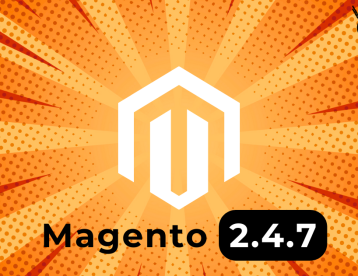

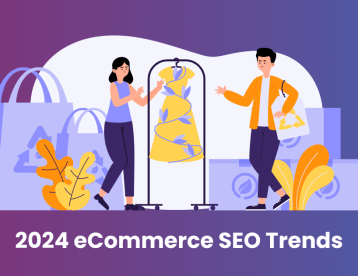
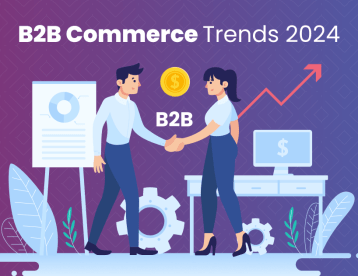


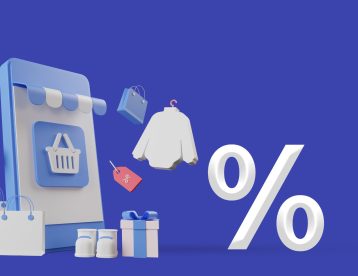

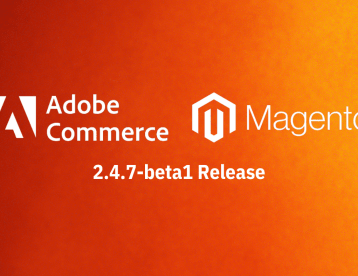
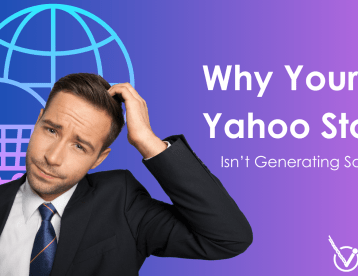


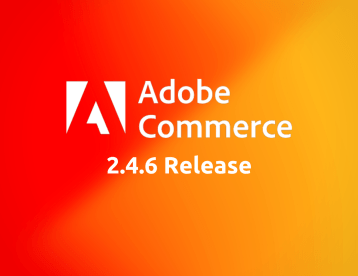

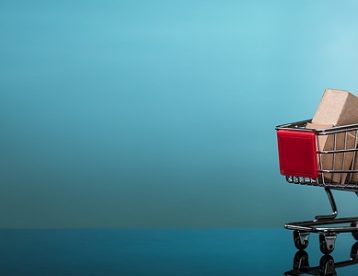
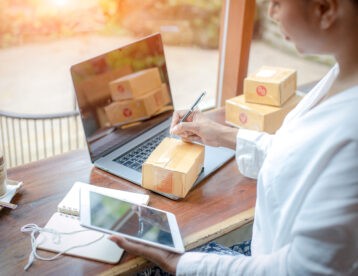
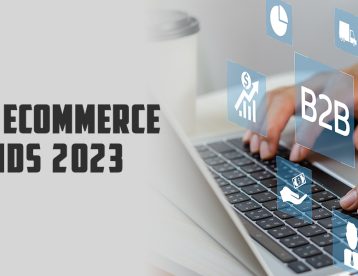
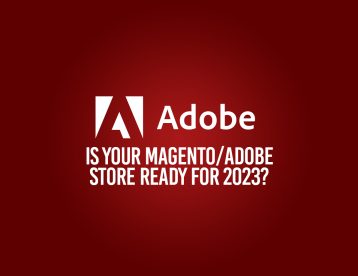
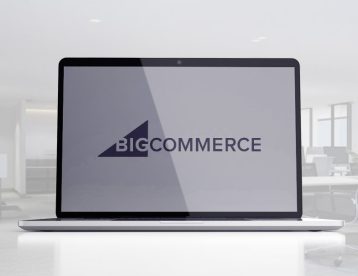

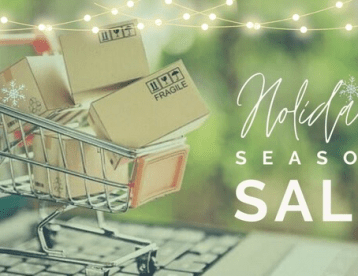
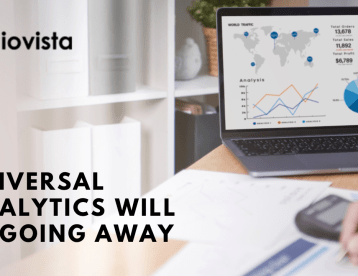
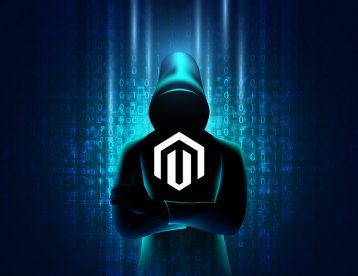
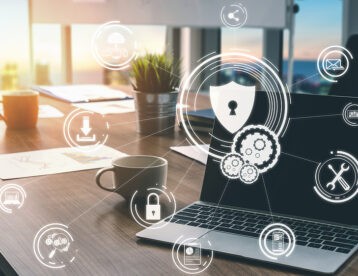

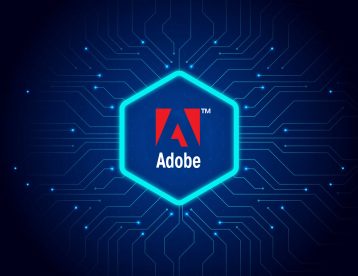
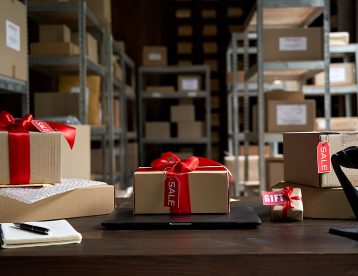


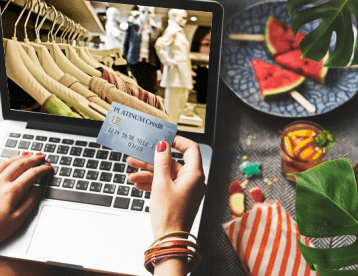

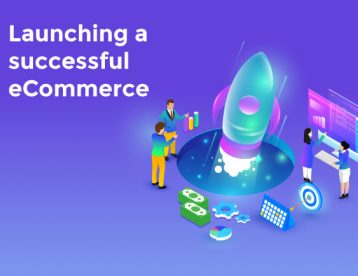
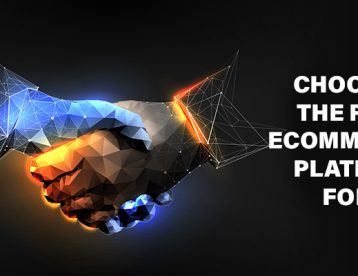
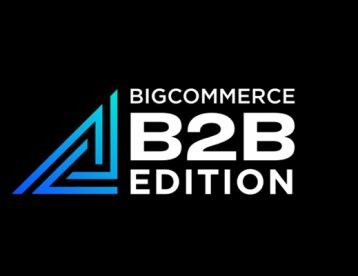
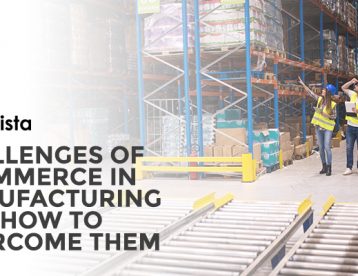
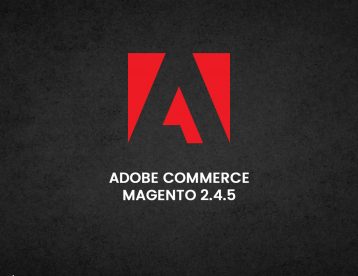
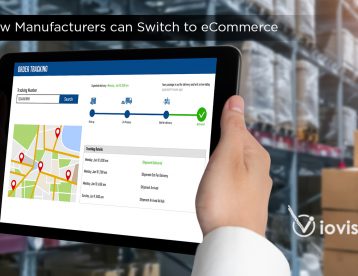
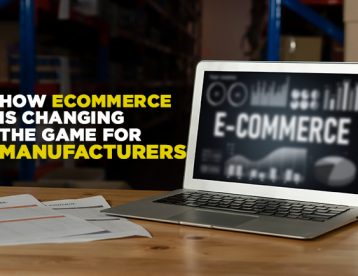
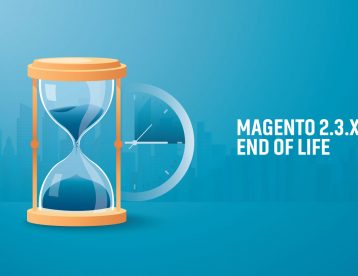
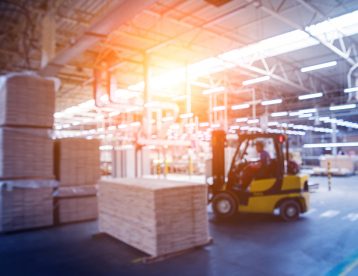

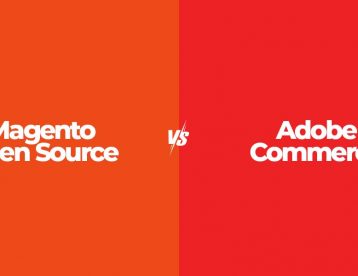
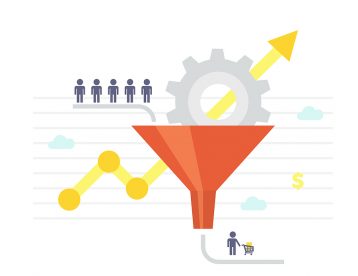

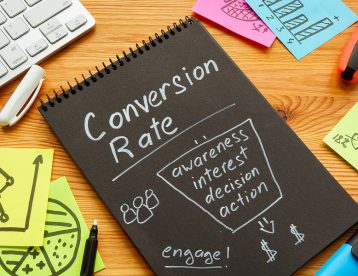
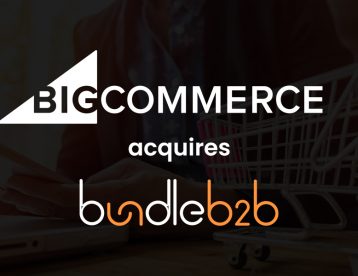

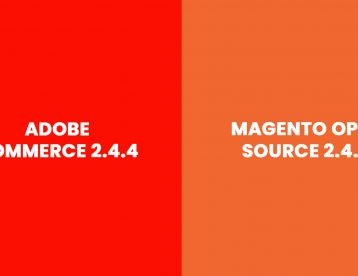
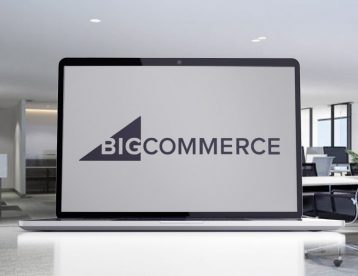
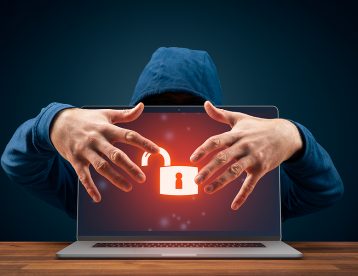
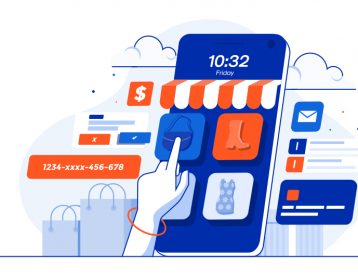
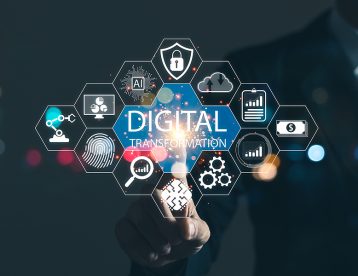

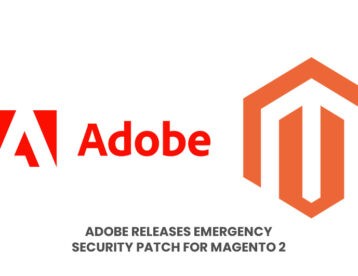
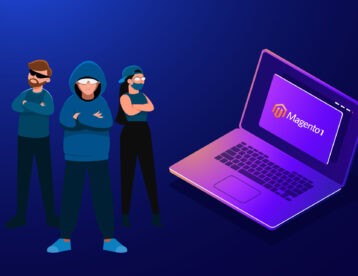
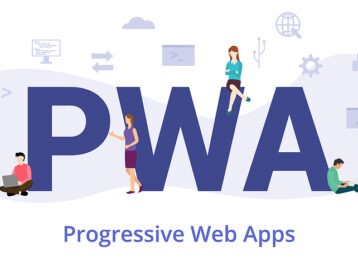

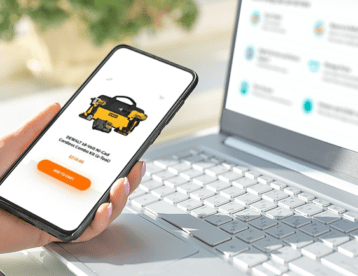


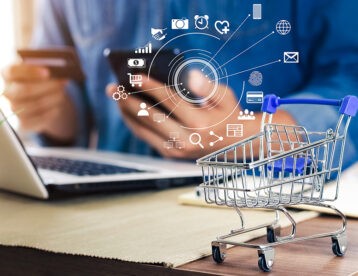


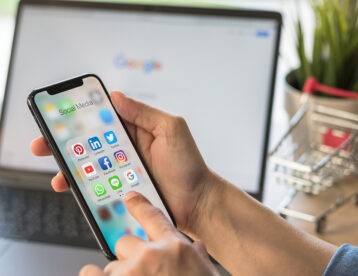

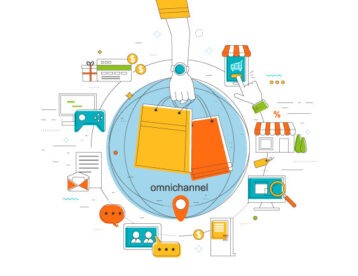
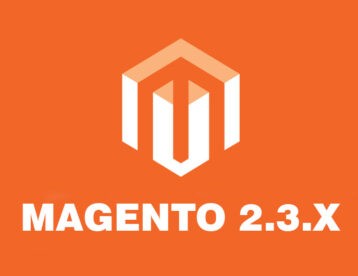
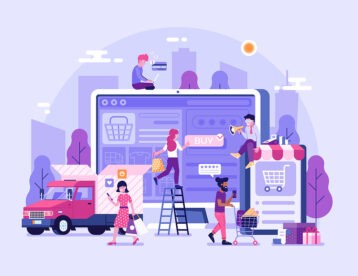
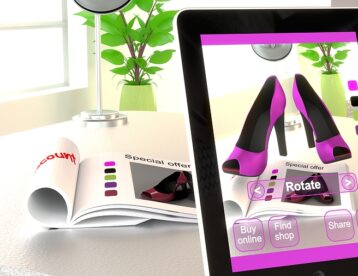
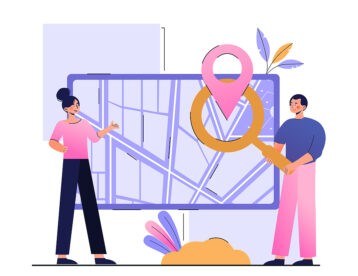

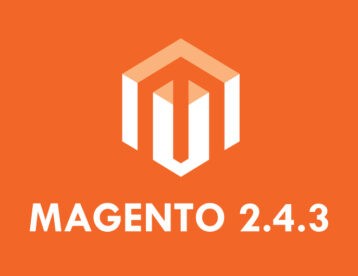

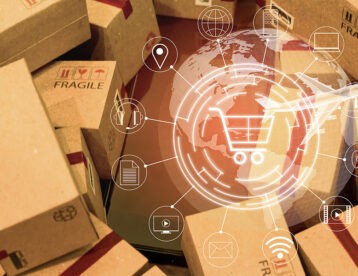
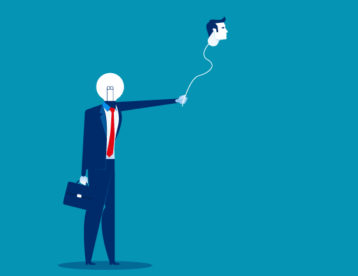

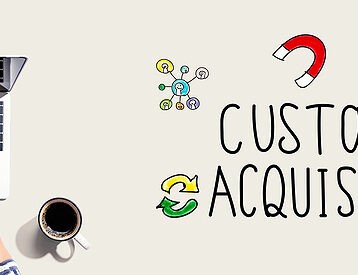

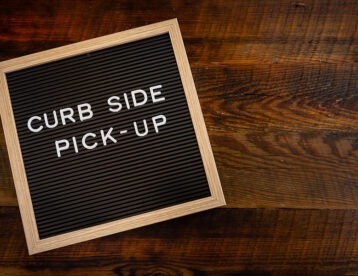
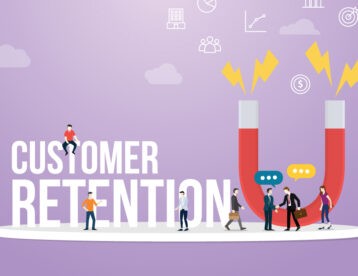



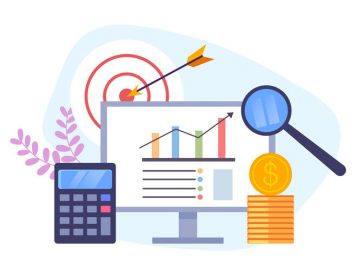


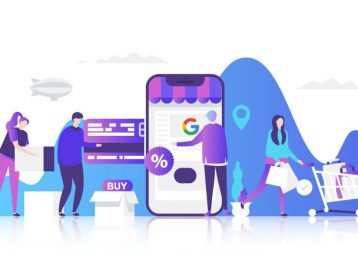

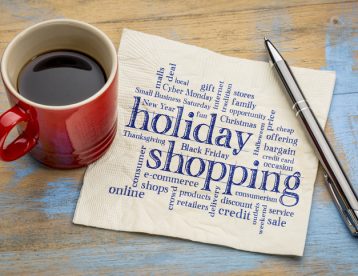
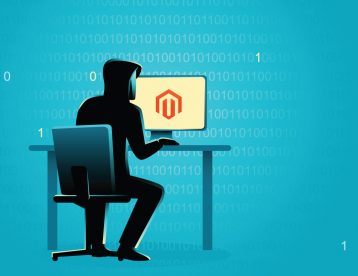

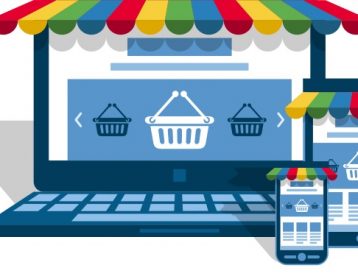
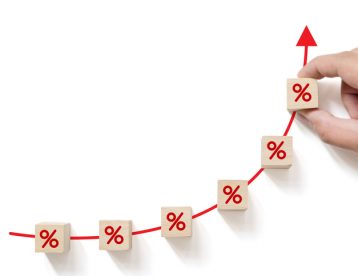
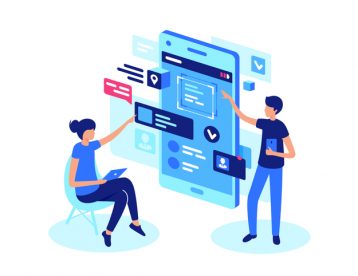
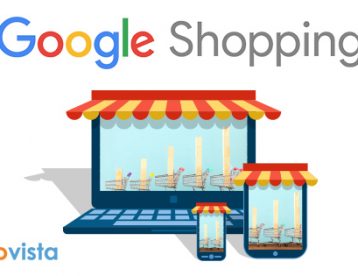

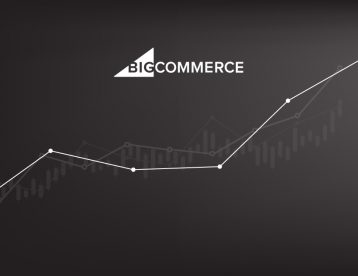


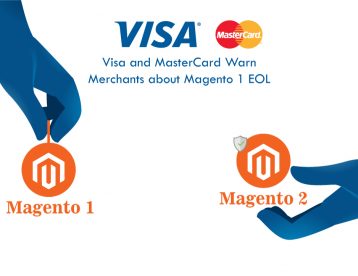
Get in Touch